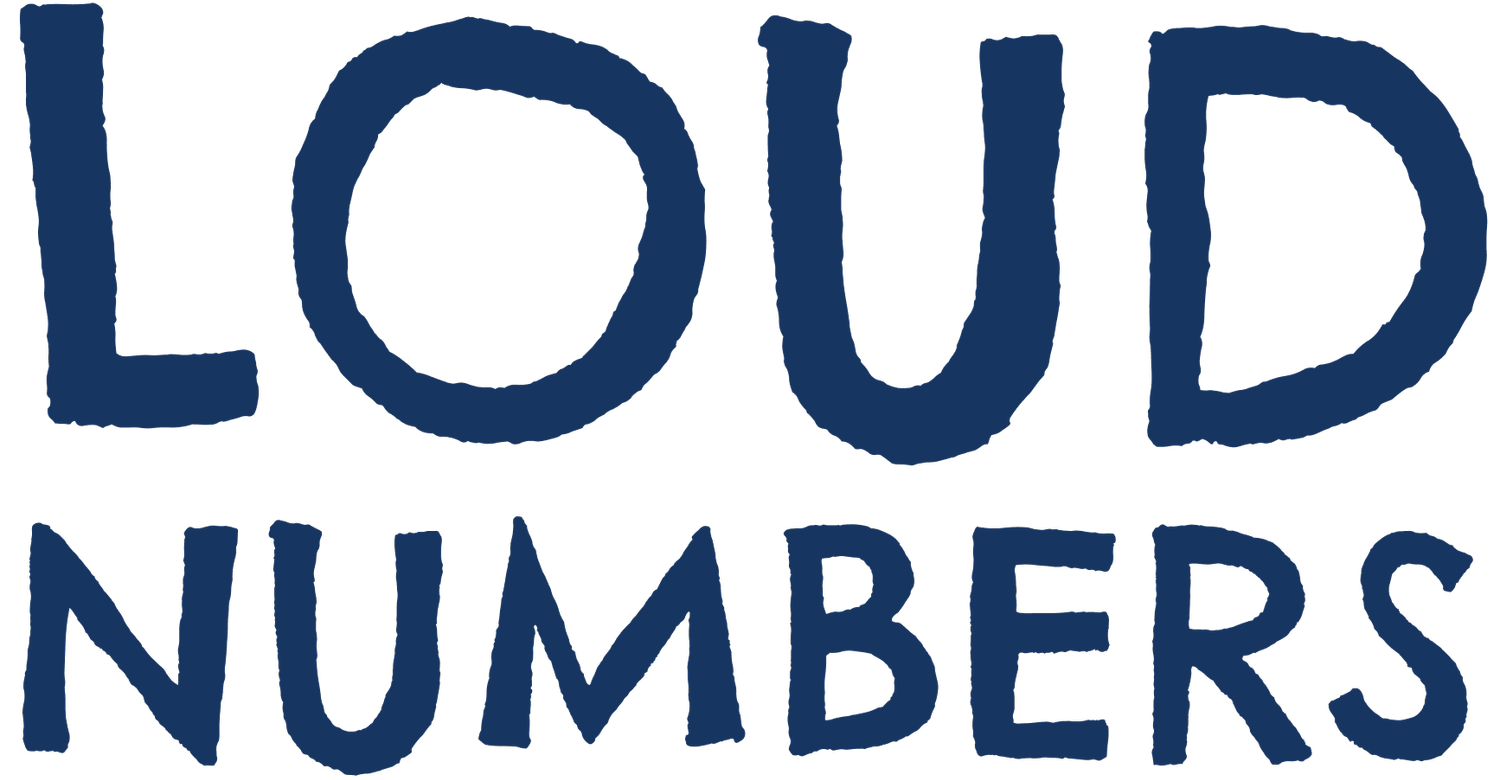WE BRING DATA TO LIFE THROUGH SOUND
At Loud Numbers, we create bespoke music tracks that span genres from techno to classical – all based on data.
We can help you tell stories, stir emotions, reach new audiences, and create memorable, unique experiences that stand out from the crowd.
Our Work
Simon Petermann, jazz trombonist
“The team behind Loud Numbers are true masters of their craft, and I wholeheartedly recommend them to anyone seeking to merge data with artistry.”
Email us to arrange a free, no-obligation, twenty-minute chat.
Get in Touch
Receive our regular newsletter, which rounds up the best sonification work.














